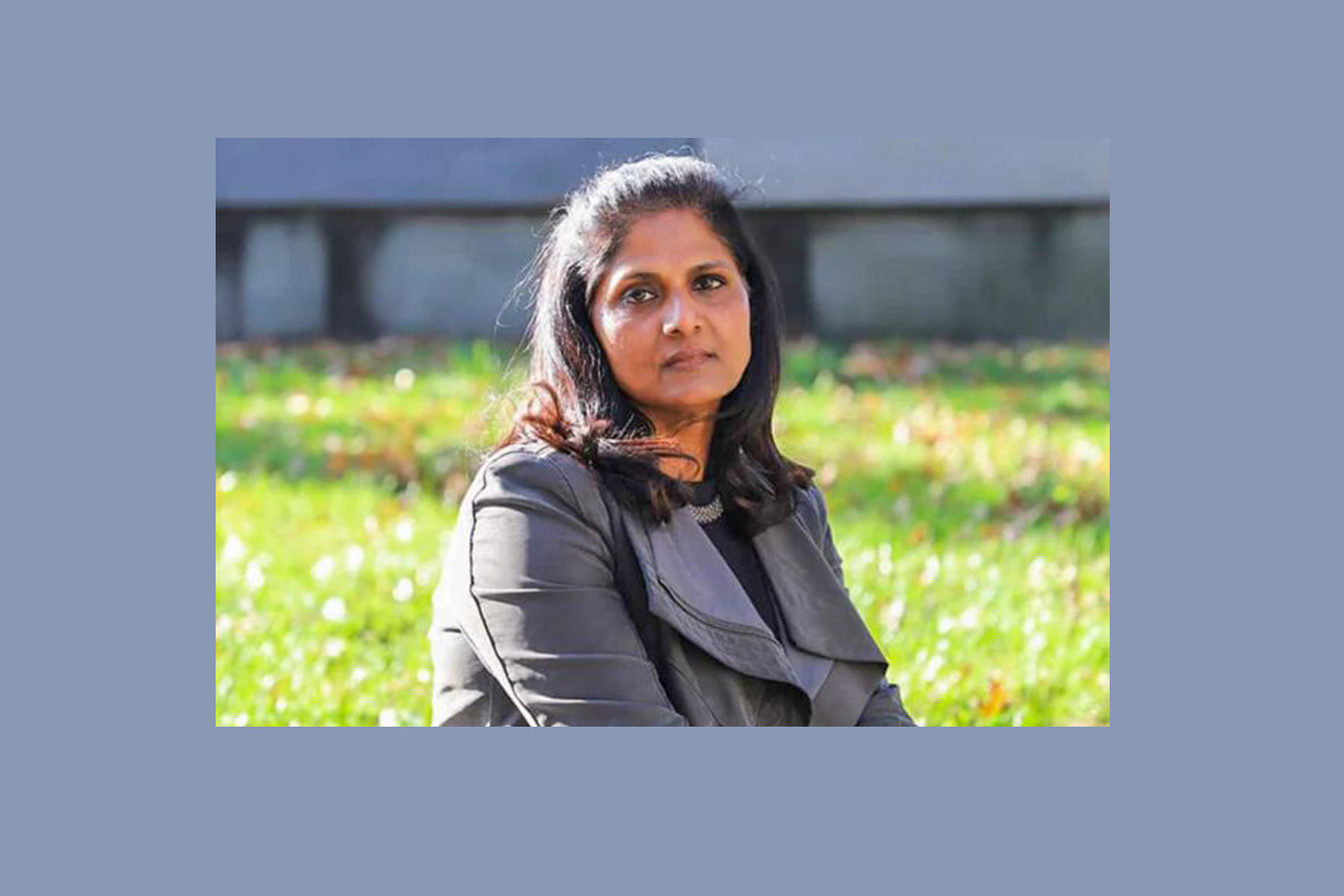
Renowned theoretical astrophysicist Priyamvada Natarajan, based at Yale University, has earned the distinction of being elected a fellow of the American Astronomical Society (AAS). Her groundbreaking research focuses on unraveling the mysteries of dark matter and black hole physics, illuminating the hidden facets of the cosmos.
The recent announcement by the AAS introduces 21 new fellows, honoring their significant contributions to advancing humanity’s comprehension of the universe. Among them, Natarajan stands out for her seminal work in elucidating the nature of dark matter and black holes, along with pioneering a novel framework facilitating the intricate mapping of dark matter distribution within galaxy clusters through gravitational lensing techniques.
Natarajan, holding the prestigious Joseph S. and Sophia S. Fruton professorship and chair of astronomy at Yale, embodies a legacy of scholarly achievement. She has garnered recognition as a fellow of esteemed institutions like the American Academy of Arts and Sciences, the American Physical Society, and the American Association for the Advancement of Science. Notably, she has also been the recipient of prestigious fellowships such as the Guggenheim and Radcliffe fellowships.
In her multifaceted role at Yale since 2000, Natarajan not only contributes to cutting-edge research but also serves as the director of the Franke Program in Science and the Humanities. This initiative fosters interdisciplinary collaboration and dialogue, bridging the gap between scientific inquiry and humanistic exploration.
Expressing her gratitude for the honor bestowed upon her by her peers, Natarajan acknowledges the significance of such recognition in affirming the impact of her research endeavors. She views this accolade as a validation of her scientific contributions and a testament to her dedication to advancing our understanding of the cosmos.
Founded in 1899, the AAS stands as a preeminent global forum for professional astronomers, educators, and enthusiasts alike. With a diverse membership of 8,000 individuals spanning various scientific disciplines, the society serves as a vibrant hub for fostering collaboration and sharing insights across the broad spectrum of astronomical sciences.













